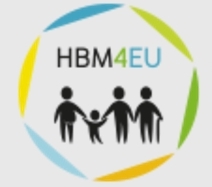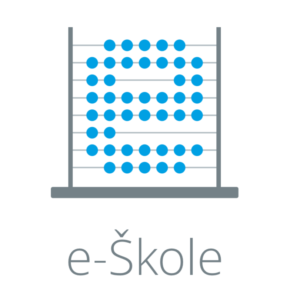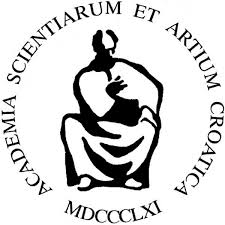Network on the Coordination and Harmonisation of European Occupational Cohorts – OMEGA-NET

Head: Dr Ingrid Sivesind Mehlum (National Institute of Occupational Health, Oslo, Norway)
Duration: 2017-2021
The main aim is to establish a network in order to optimize the usage of cohort from working and general population in Europe. The aims of the OMEGA-NET project are the promotion of collaboration between existing cohort studies, gathering information on employment and occupational exposure, coordination and harmonization studies on exposure assessment in the working population, and the promotion of integrative strategies for studies regarding workers’ health in Europe. The promotion of evidence-based preventive strategies directed to health at work is expected.






